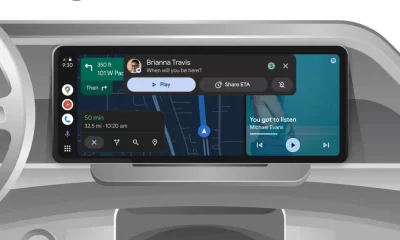F-Droid becomes the first third-party app store to support Android 15’s app archiving feature
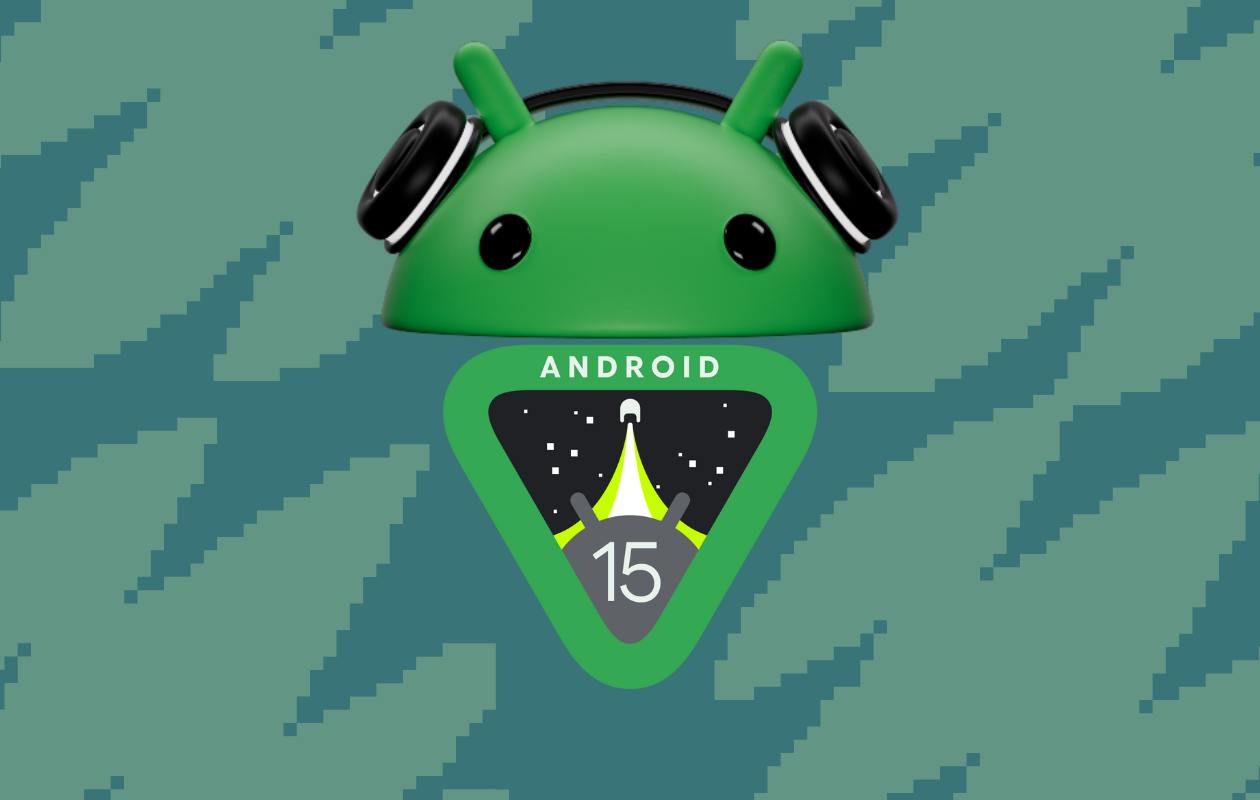
If your Android device is running low on storage, the first thought might be to uninstall some apps to free up space. But uninstalling an app can be inconvenient, especially if you might need it again soon. A better solution in such cases is app archiving. Archiving allows you to delete the app’s installation files without losing your data. When you need the app again, you can easily restore it. However, for this feature to work, the app store from which the app was originally installed must support archiving.
With the launch of Android 15, third-party app stores now have the ability to support this app archiving feature, and F-Droid is leading the way as the first third-party app store to integrate this functionality. This advancement marks a big step forward for alternative app stores in keeping pace with Google Play’s capabilities.
What Is F-Droid?
For those unfamiliar, F-Droid is a popular open-source app store that offers free, open-source apps created by independent developers. It is a great alternative for users looking to bypass the Google Play Store. Although F-Droid may not have all the mainstream apps available on Google Play, it is a treasure trove of unique and useful applications, many of which are not found in Google’s store.
Unlike Google Play, F-Droid operates as a community-driven, non-profit project that relies on contributions from a small group of developers. The open-source nature of F-Droid ensures that its apps are transparent and do not require you to spend money or compromise your privacy.
F-Droid’s Support for Android 15’s Archiving Feature
One of the maintainers of F-Droid, Torsten Grote, recently submitted a patch to enable experimental support for Android 15’s app archiving feature. This patch was officially accepted and will be part of the F-Droid 1.22 release. Once available, this feature will let users archive and unarchive apps downloaded from F-Droid on Android 15, much like how it works with the Google Play Store.
Here’s how it works: when you archive an app in Android 15, the operating system sends a signal to the app store where the app was originally installed—in this case, F-Droid. F-Droid then processes this request and can restore the app when you want to use it again. F-Droid simply needed to add a bit of code to recognize the archive signal from Android 15, making the process smooth and automatic.
Archiving Works for All Android App Formats
Although F-Droid primarily distributes apps in the APK format, Android 15’s app archiving feature is designed to support all Android app formats. This means users who download apps from F-Droid will not encounter issues when archiving and restoring their apps, regardless of the format. The seamless integration of this feature highlights F-Droid’s ability to stay updated with Android’s newest capabilities.
The Growing Power of Third-Party App Stores
F-Droid’s adoption of app archiving in Android 15 demonstrates the growing sophistication of third-party app stores. Historically, app stores like F-Droid have lagged behind Google Play in terms of features and updates. However, Google has started opening up more APIs to bridge this gap. Over the past few Android versions, Google has introduced new capabilities for third-party app stores, such as allowing them to install updates without user confirmation in Android 12, enabling them to manage app updates in Android 14, and now, supporting app archiving in Android 15.
In addition to app stores, Google has also made this archiving feature available to third-party launchers in Android 15. This means launchers like Niagara Launcher can also handle app archiving, making it easier for users to manage their device’s storage space, regardless of which app store or launcher they prefer to use.
Conclusion: F-Droid and the Future of Third-Party App Stores
F-Droid’s early adoption of Android 15’s app archiving feature is a promising development for users who prefer alternatives to Google Play. It signals that third-party app stores are becoming more robust and competitive, offering features that once were only available through Google Play. As Google continues to open up Android’s capabilities to third-party developers, it will be exciting to see how other alternative app stores take advantage of these changes.
F-Droid’s embrace of these new features makes it more than just a niche app store—it is evolving into a viable alternative for users who prioritize open-source software and privacy without compromising on modern app management features.
Android
Google updates Gboard emoji kitchen and Android Auto with new features
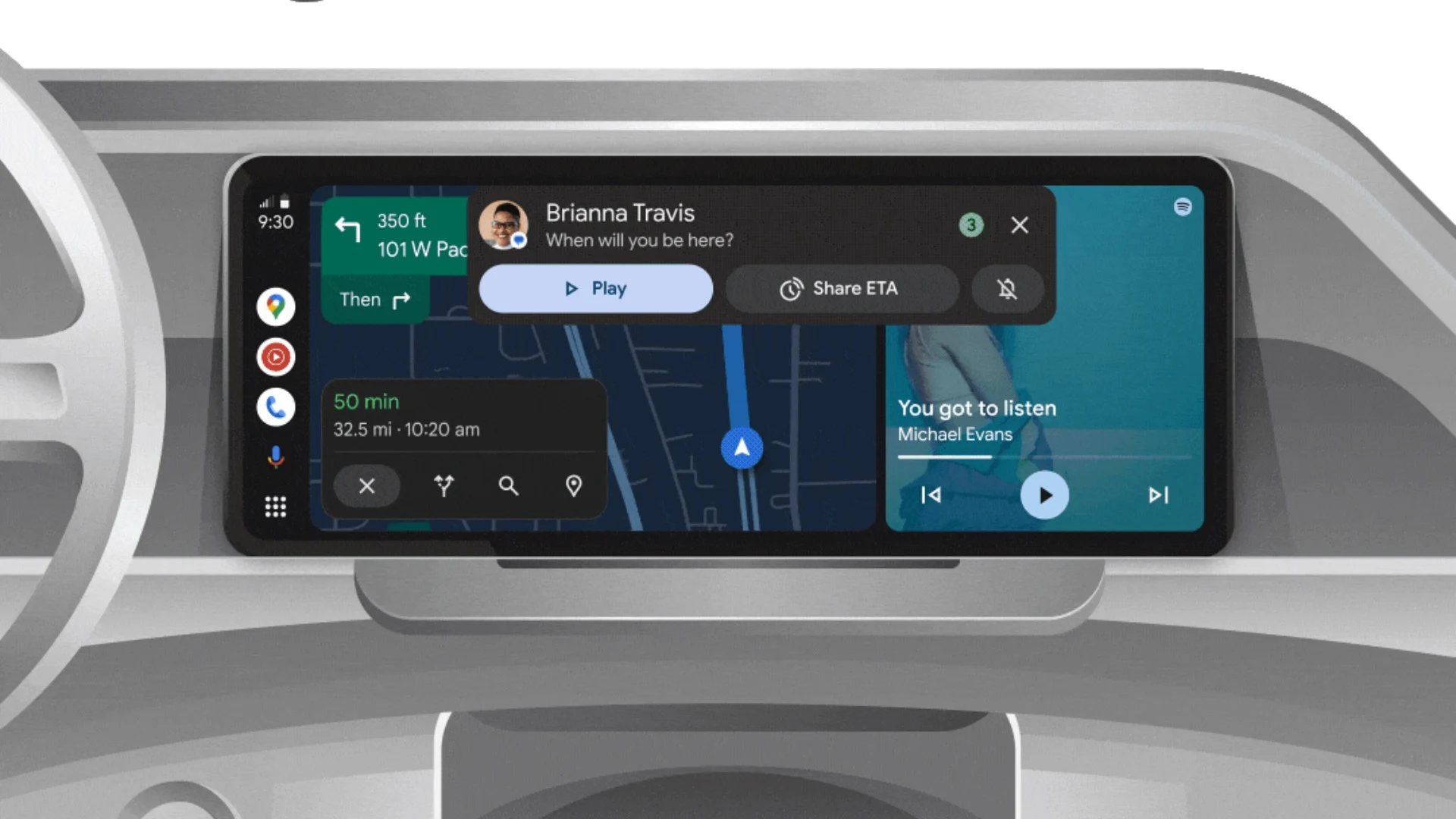
Google is bringing some fresh updates to make Gboard and Android Auto even better.
Starting with Gboard, the Emoji Kitchen now has a new “Browse” section. This makes it easier for users to find different emoji sticker combos. You can tap on any emoji and instantly see all the creative mixes available. Plus, there’s a search bar to help you look for specific stickers. This new feature is rolling out first to Pixel devices, with other Android phones expected to get it in the coming months.
On the other hand, Android Auto is now getting the 14.3 beta update. Although there are no big changes yet, this version mainly focuses on fixing bugs and improving performance. Testers have noticed slight speed improvements, but no new features have been spotted so far. Google might be preparing for bigger changes in future updates.
Both these updates show that Google is working hard to make its apps smoother and easier to use. Gboard’s new browsing tool will make messaging more fun, while Android Auto’s small fixes are important for a better driving experience.
If you have a Pixel phone or are part of the Android Auto beta program, you might already see these updates. Otherwise, they should be available to more users soon.
Android
Android’s Find My Device speeds up with UWB coming soon
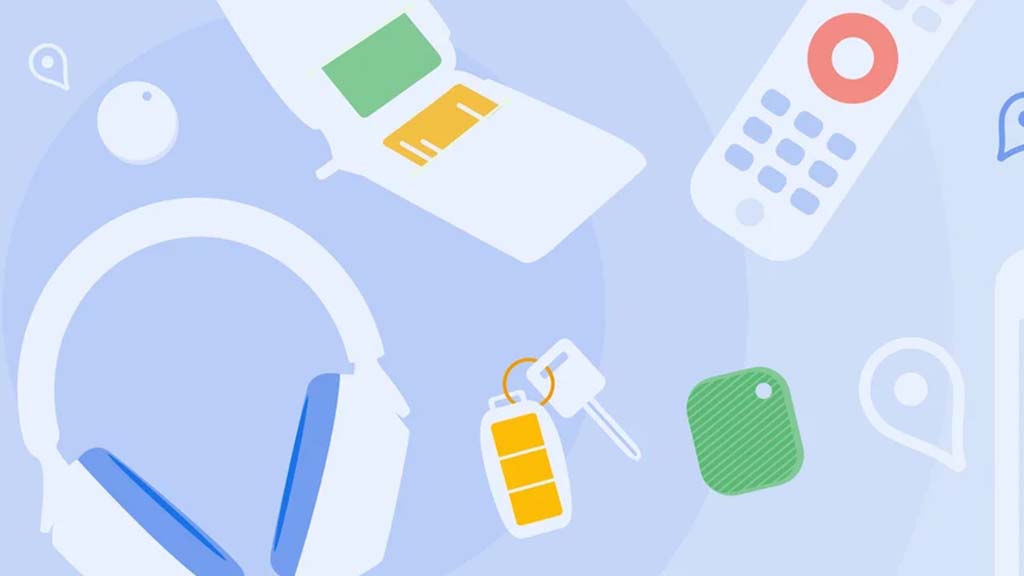
Google’s Find My Device network for Android has gotten a big boost, making it much quicker to locate misplaced items. Recent checks show it’s now four times faster than it used to be, keeping up with Apple’s AirTags in crowded spots like malls or events. For instance, at CES 2025, a tracker tucked in a bag updated its location just as fast as an AirTag nearby. This speed-up is thanks to more Android users turning on tracking for all locations, not only busy areas, which helps the system spot items more reliably.
In less crowded places, the network can still have trouble since fewer Android phones are nearby to share location signals. But Google’s working on this by nudging users through app alerts to enable tracking in quieter spots. Plus, recent updates to tracker software and apps have made connections more stable and accurate.
Looking ahead, Google’s gearing up to roll out ultra-wideband (UWB) technology. This will let you find items with pinpoint accuracy, even within a room, using cool augmented reality (AR) visuals, much like Apple’s setup. The Moto Tag, a tracker ready for UWB, is already available, just waiting for Google to activate this feature. Not all Android phones support UWB yet, but future models like the Pixel 10 might include it. These changes prove Google’s determined to make its Find My Device network a top choice for tracking lost stuff.
Gmail and Google Photos get new design and useful updates
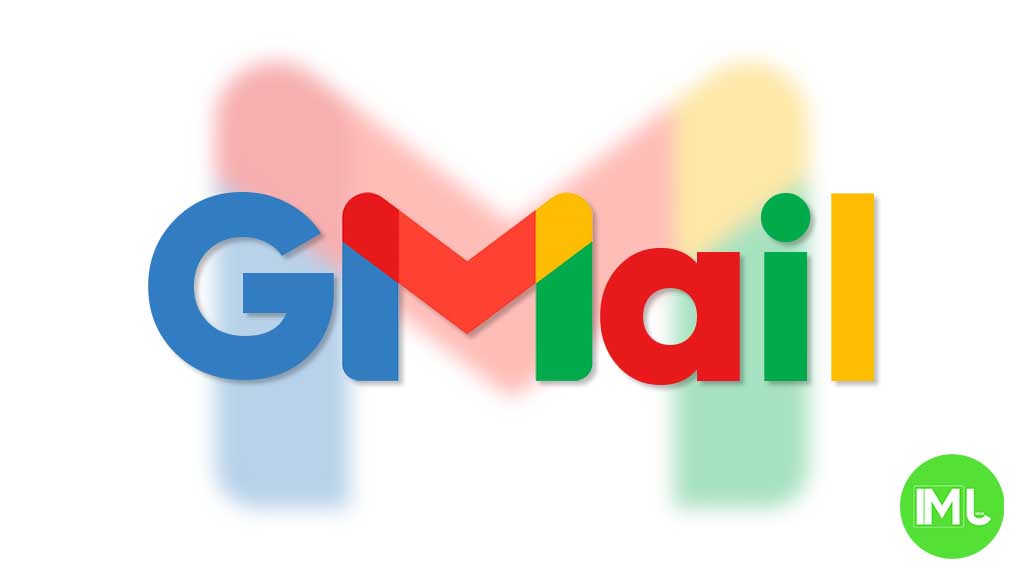
Google is giving Gmail and Google Photos some fresh updates to make things easier and more user-friendly.
First, Gmail on the web is now getting a new layout option. You can choose between “Cozy,” “Comfortable,” or “Compact” views based on how much space you want between your emails. Google is also adding a setting to control whether your inbox and labels stay on screen or only show up when needed. These changes make it easier to personalize how Gmail looks and feels.
Meanwhile, Gmail for iPhone is getting a visual upgrade. The app now uses Google’s updated design style called “Material 3.” You’ll notice a cleaner look with a rounded search bar at the top, smoother icons, and better spacing. Although the bottom bar and buttons look mostly the same, the overall design feels more modern and easier on the eyes.
Lastly, Google Photos is bringing back a helpful feature. The classic search shortcut that appears in the bottom bar is returning, making it quicker to find your photos. Before this, the shortcut had been removed when Google added the new “Memories” tab. Now, both features work together, letting you browse memories and search with ease.
These updates aim to make Google’s apps feel more useful, clean, and easier to use on both desktop and mobile.
-

 Apps1 year ago
Apps1 year agoGboard Proofread feature will support selected text
-

 News1 year ago
News1 year agoSamsung USA crafting One UI 6.1.1
-

 News1 year ago
News1 year agoBreaking: Samsung Galaxy S22 may get Galaxy AI features
-

 News1 year ago
News1 year agoSamsung Galaxy S23 Ultra with One UI 6.1 and all S24 AI features revealed
-

 News1 year ago
News1 year agoOne UI 6.1 Auracast (Bluetooth LE Audio) feature coming to many Samsung phones
-

 News1 year ago
News1 year agoSatellite SOS feature coming to Google Pixel phones, evidence leaked
-

 Apps11 months ago
Apps11 months agoGoogle’s fancy new Weather app is finally available for more Android phones
-

 News1 year ago
News1 year agoGoogle Pixel evolves as Europe’s third best selling flagship

